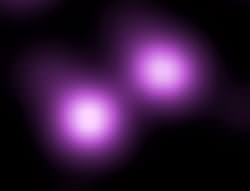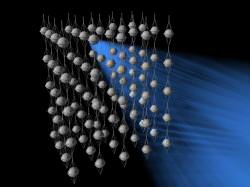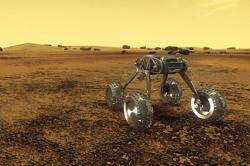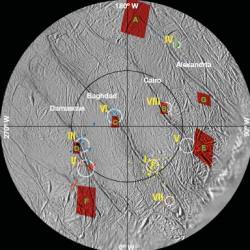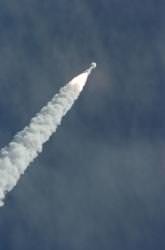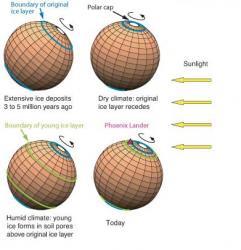Explosions are almost always cool, and supernovae are some of the most spectacular and violent explosions in the Universe. In 2006, the supernova SN 2006gy wowed scientists with a light show that was 10 times as luminous as the average supernova, challenging the traditional model of exactly how an exploding star creates a supernova. Astronomers suspect that the cause is the repeated production of antimatter in the core of the star.
Supernovae occur when a star nears the end of its life, and the nuclear processes that fuel the star push outward more powerfully than the force of gravity can hold the star together; the type of supernova created depends on the mass of the star. In stars with masses between 95-130 times the Sun, this process can occur more than once, creating a “pulsational” supernova which can happen as many as seven times.
The cause for the multiple explosions may have to do with the production of antimatter particles in the core, which then recombine and release large amounts of energy.
“The pair instability is encountered when, late in the star’s life, a large amount of thermal energy goes into making the masses of an increasing abundance of electron-positron pairs rather than providing pressure,” wrote Dr. Stan Woosley, of the Department of Astronomy and Astrophysics, USCS Santa Cruz.
What happens is this: the first supernova occurs, powered by the antimatter explosions in the core, and ejects a large amount of the star’s material out into space; however, there still remains enough matter near the core for the star to reignite and begin nuclear processes once again. After between a few hundred days and a few years, another supernova occurs by the same mechanism, and when the ejected material collides with the previous shell of ejected material, the interaction gives off enormous amounts of light.
This process only occurs with stars in the 95-130 solar mass range. Stars with solar masses under 95 undergo typical, non-repeating supernovae, while those over 130 solar masses are subject to the pair instability but explode with such force as to leave nothing near the core to recombine and start the process again.
The production of antimatter in the core, as well as the large amount of light given off by the repeated collision of the shells of ejected matter explains very well the otherwise puzzling luminosity of SN 2006gy.
“The model existed before 2006gy happened as well as the prediction of a possible bright supernova of this sort. When we learned of the supernova, we carried out much more detailed calculations specific to 2006gy and found, to our satisfaction, that many of the observed facts were in the model results,” Dr. Woosley said.
There are other possible candidates for this type of repeating supernova, including Eta Carinae, though they unfortunately may not all be as spectacular as SN 2006gy.
Source: Arxiv paper

